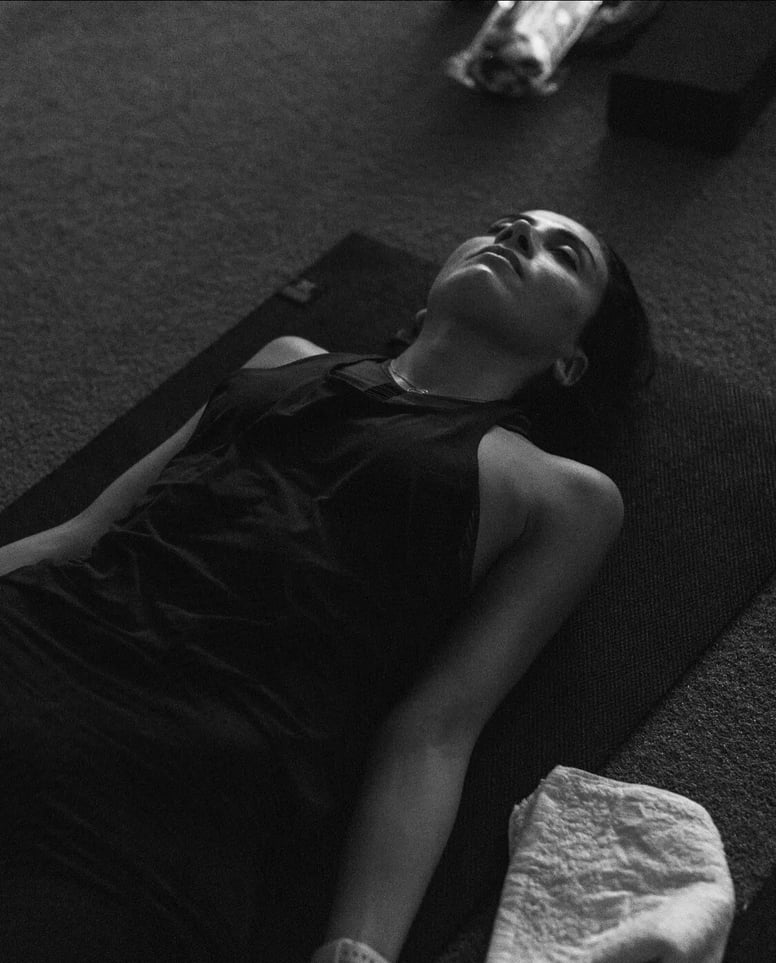VAGUS NERVE: THE NEW BASELINE FOR HEALTH & WELLNESS
October 20, 2020
Vagus nerve ECG testing vs. HRV testing. Let’s dig in!

There is widespread awareness of the wellness movement in this country, and the term “self-care” is being more and more recognized. Advice has existed for decades on diet, exercise, sleep, and the avoidance of alcohol and tobacco. So, in what ways can self-care advance?
Our physical therapists and elite coaches have some thoughts.
Vagus Nerve: The Key to Self-Care
The key to self-care may be the vagus nerve. There are twelve major nerves that radiate out from the brain and function like information superhighways; constantly sending messages back and forth from the brain to body. Cranial nerve X is called the vagus nerve and is the major player in our autonomic nervous system. It monitors homeostasis in our body and is responsible for the “rest and digest” system.
Stimulating the Vagus Nerve
Yogi’s have known for thousands of years that deep, regular breathing stimulates the vagus nerve, sending a signal of relaxation that is very effective in settling the human stress response. Information about vagal breathing has drawn more widespread attention, and the research on this topic has become more focused. At present, there are thousands of scientific papers on the subject and vagus stimulation devices are FDA approved for depression. In recent months, over 150 pages on vagus nerve and Coronavirus have been published; most of them showing clear indications that the vagus nerve is central to disease progression. Because the vagus nerve affects the heart, lungs, digestive tract, and immune system, vagal breathing can have an effect on all of these systems! The implication is that by stimulating the vagus nerve, a holistic benefit might come to these systems altogether.
Vagus Nerve Testing
Gustaf Kranck, Founder of Vagus Health Ltd, engineer, entrepreneur, and inventor of the Vagus ECG Test, created software that measures heart rate and breath simultaneously. Instead of only measuring heart rate variability, Kranck discovered that with a wearable electrocardiogram (ECG), he could simultaneously measure with high precision both the heart rate and breath cycle, and therefore instantly test how well they were synchronized. Kranck argues that this synchronization is very important. The vagus nerve regulates oxygen delivery in the body so that it is used most efficiently and without waste. You need more oxygen to muscles during exercise and to the gut when relaxed.
Vagal nerve stimulation seems to be crucial here, and a test of breathing and heartbeat rhythms, which is non-invasive and quite simple, may be useful in determining who is well and who is sick. In healthy people the breath and heartbeat are in sync; in sick people, the two functions go out of sync. All of this information is beneficial in promoting self-care through the methods for vagus nerve stimulation.
